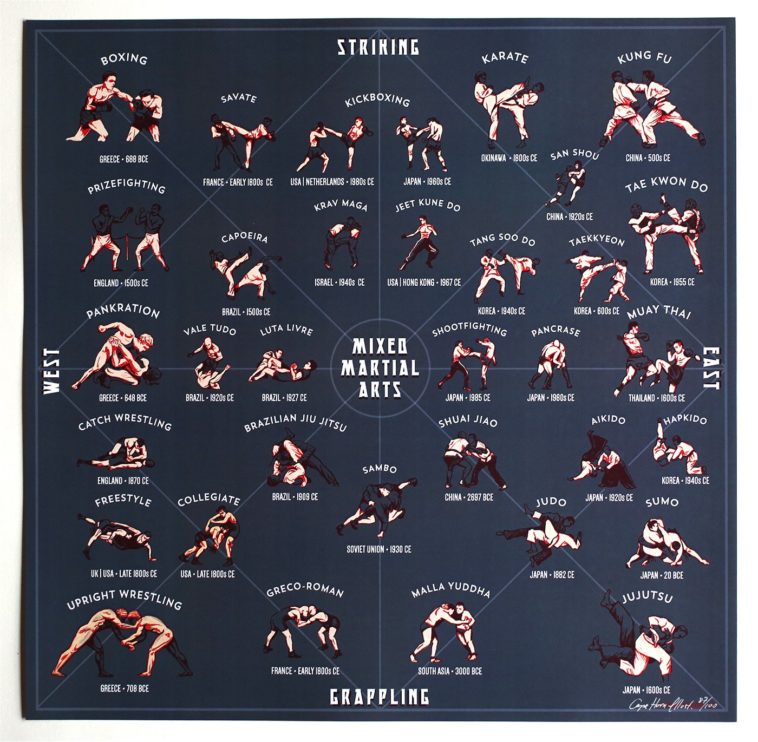Breaking Down Belt Degrees In Taekwondo: What You Required To Know
Breaking Down Belt Degrees In Taekwondo: What You Required To Know
Blog Article
Article Composed By-Foldager Malone
Did you recognize that there are a total amount of 10 belt degrees in Taekwondo? From the newbie's white belt to the prestigious black belt, each level represents a milestone in your journey to proficiency.
But what do these belt degrees truly indicate? How do you advance with them?
In https://yourherefordshire.co.uk/all/featured-articles/book-now-a-number-of-free-activities-are-available-for-parents-to-book-for-their-kids-this-summer-including-football-inflatable-adventure-park-and-martial-arts/ , we will certainly break down the belt degrees in Taekwondo, explore their value, and reveal what it takes to rise with the ranks.
So, if you're curious to understand the complexities of Taekwondo's belt system and what it suggests for your training, stay tuned.
The Purpose of Belt Levels
The objective of belt degrees in Taekwondo is to provide a clear and organized development system for you to track your advancement and skill degree. As you start your Taekwondo journey, you start with a white belt, representing your newbie standing. With each belt promotion, you gain new knowledge, methods, and duties.
The belt degrees function as turning points, mirroring your dedication, commitment, and growth in the martial art. They supply a feeling of achievement and inspiration to maintain pushing yourself to enhance. Additionally, belt degrees assist teachers and peers assess your capacities and give ideal assistance and training.
Belt Color Styles and Their Significances
As you advance through the belt levels in Taekwondo, each shade represents a specific significance and symbolizes your development in the fighting style.
The white belt, which is the beginning point for all newbies, symbolizes pureness and virtue.
As you carry on to the yellow belt, it represents the planet where a plant sprouts and settles.
martial arts. stands for growth and the development of your skills.
The blue belt represents the skies, where your potential as a Taekwondo expert is endless.
The red belt represents risk and caution, advising you to use your skills properly.
Lastly, the black belt stands for mastery and experience, symbolizing your trip towards coming to be a true Taekwondo master.
Each belt color holds its own unique definition, mirroring your progress and dedication in this ancient martial art.
Advancing With the Belt Levels
To progress through the belt degrees in Taekwondo, you must continually show your abilities and dedication. Right here's what you need to know about advancing in this fighting style:
1. ** Practice Makes Perfect **: Normal training sessions are vital to enhance your method and master the necessary forms. Repetition refines your skills, allowing you to carry out with precision and speed.
2. ** Pressing Your Restrictions **: Advancing with the belt degrees calls for pressing yourself beyond your convenience zone. https://martialartslessonsforkids10983.izrablog.com/34359137/discover-the-interesting-background-and-methods-of-martial-arts-weapons-training-from-ancient-roots-to-modern-day-techniques-improving-fight-skills 'll be tested literally and psychologically, but it's with these challenges that you expand and improve.
3. ** Checking Your Knowledge **: Belt checks evaluate your understanding of Taekwondo principles, including sparring, self-defense, and breaking strategies. These tests ensure you have a detailed grasp of the art and prepare to progress to the following degree.
Conclusion
As you embark on your trip via the belt degrees in Taekwondo, bear in mind that each shade holds a deeper significance beyond its surface look.
Just like the vivid tones of the belts, your progression represents growth, discipline, and willpower.
As you progress, each belt becomes a sign of your dedication and proficiency of the art.
Welcome the obstacle, push your limitations, and let the meaning of your belt levels inspire you to end up being the very best variation of on your own both on and off the floor covering.
